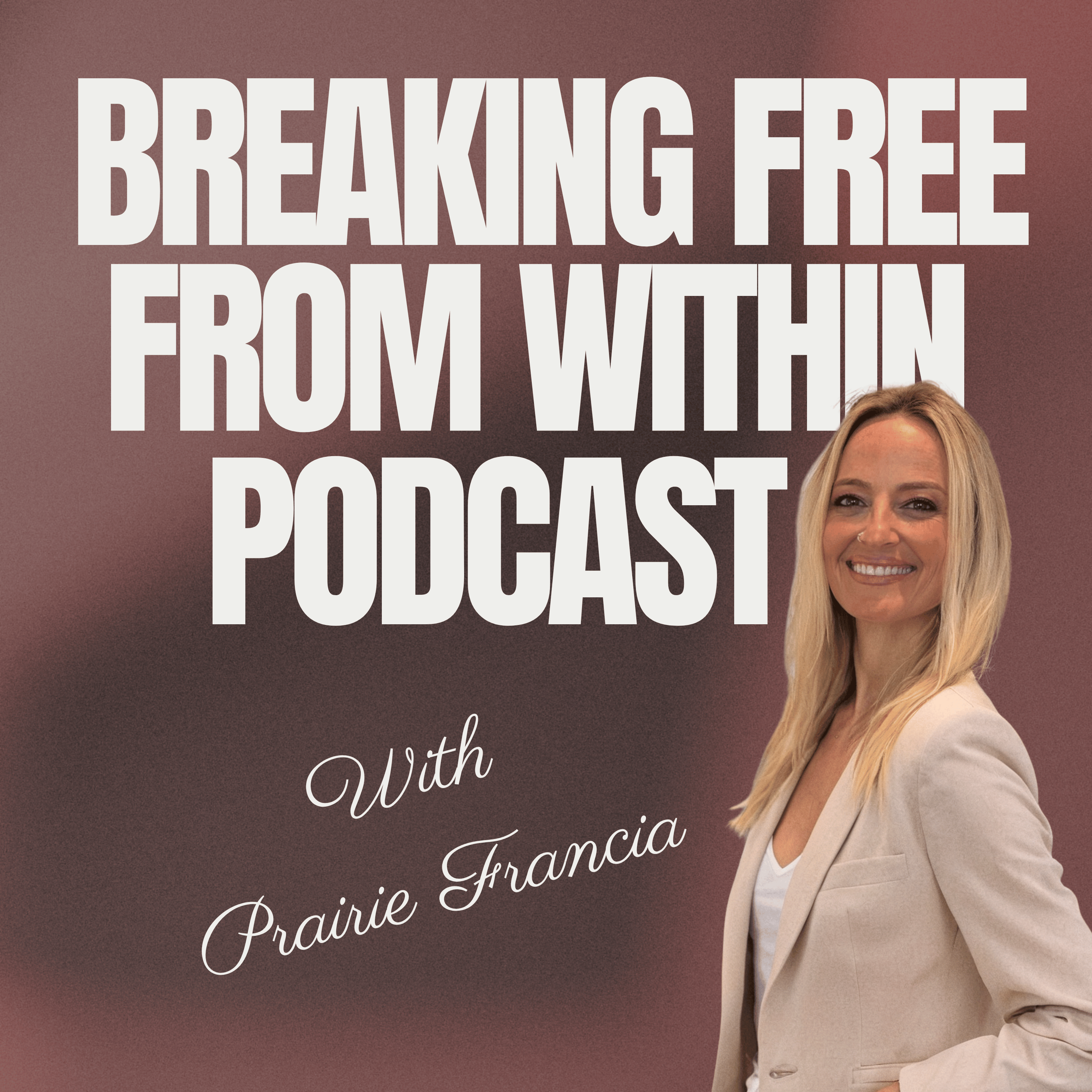Listen "Episode 18: Anticipation, Addiction & Alignment: How Dopamine Shapes Your Reality—and How to Take Your Power Back"
Episode Synopsis
In this powerful episode, we’re pulling back the curtain on how dopamine—the brain’s reward chemical—shapes not just our habits, but our energy, alignment, and ability to manifest.As a Substance Use Disorder (SUD) professional and aligned living mentor, I share how I learned that dopamine doesn’t just spike when you receive a reward—it spikes in anticipation of it. This understanding shifted everything for me, and today I’ll show you how it may be silently driving your self-sabotaging behaviors, addictive loops, and even your mindset around success and worth.Whether you’re navigating recovery, breaking free from numbing behaviors, or simply trying to live more in tune with your highest self, this episode will help you:Understand how your reward system actually works (and how it gets hijacked)Recognize the connection between addiction and manifestationIdentify what you may be unknowingly chasingLearn how to reset your dopamine system using mindfulness, micro-joys, and alignment-based practicesRewire your brain to anticipate pleasure from things that truly nourish youPlus, I’ll guide you through a simple integration practice you can use today to shift out of the chase—and into clarity.✨ This episode bridges neuroscience, soul-work, and daily embodiment so you can take your power back—gently, intentionally, and with deep self-trust.🎧 Tune in now and explore more resources at alignmentwithprairieyana.comHire a Virtual Assistant: Referral Learn More about hiring a virtual assistant. Learn More: Scientific Sources That Informed This EpisodeSalimpoor, V. N., Benovoy, M., Larcher, K., Dagher, A., & Zatorre, R. J. (2011). Anatomically distinct dopamine release during anticipation and experience of peak emotion to music. Nature Neuroscience, 14, 257–262. https://www.nature.com/articles/nn.2726Braver, T. S., & Westbrook, J. A. (2016). Reward motivation and cognitive control: A neuroscience framework. Frontiers in Human Neuroscience, 10, 555. https://www.frontiersin.org/articles/10.3389/fnhum.2016.00555/fullBrewer, J. (n.d.). Hacking the Habit Loop. Omega Institute for Holistic Studies. https://www.eomega.org/article/hacking-the-habit-loopKim, H. R., Malik, A. N., Mikhael, J. G., Bech, P., Tsutsui-Kimura, I., Sun, F., & Watabe-Uchida, M. (2023). Dopamine transients follow a striatal gradient of reward time horizons. Nature Neuroscience, 26, 649–662. https://www.nature.com/articles/s41593-023-01566-3van Holst, R. J., Veltman, D. J., Büchel, C., van den Brink, W., & Goudriaan, A. E. (2014). Distorted expectancy coding in problem gambling: A functional magnetic resonance imaging study. Frontiers in Behavioral Neuroscience, 8, 100. https://www.frontiersin.org/articles/10.3389/fnbeh.2014.00100/full
 ZARZA We are Zarza, the prestigious firm behind major projects in information technology.
ZARZA We are Zarza, the prestigious firm behind major projects in information technology.
